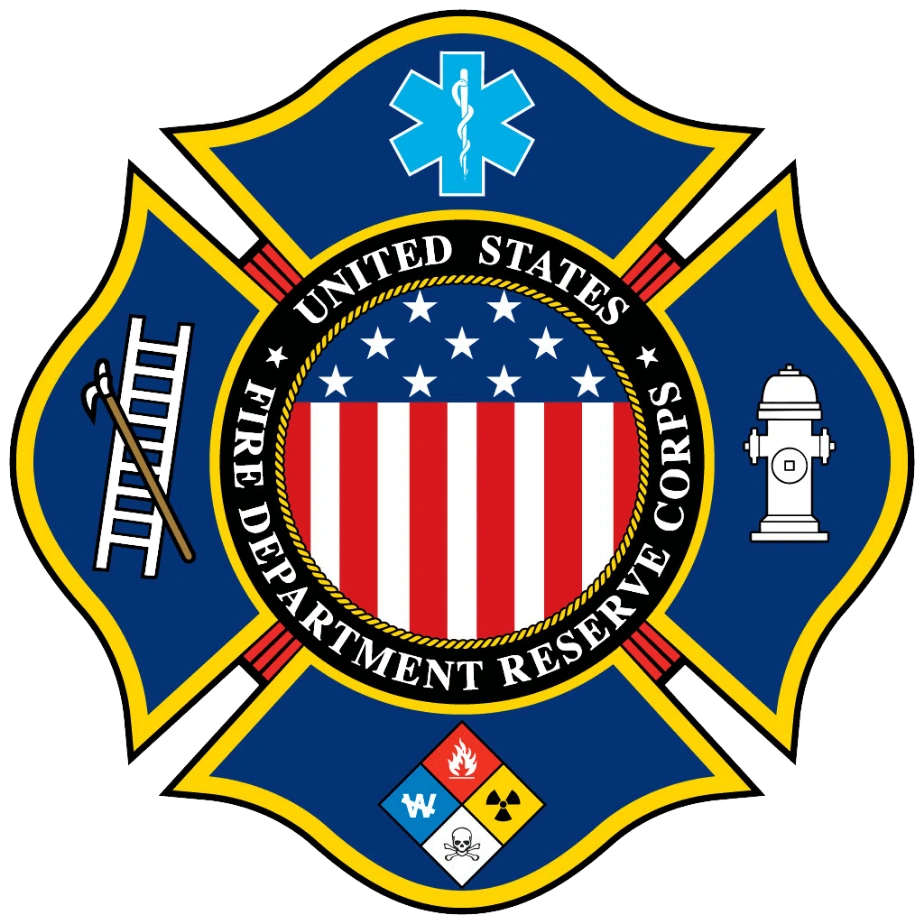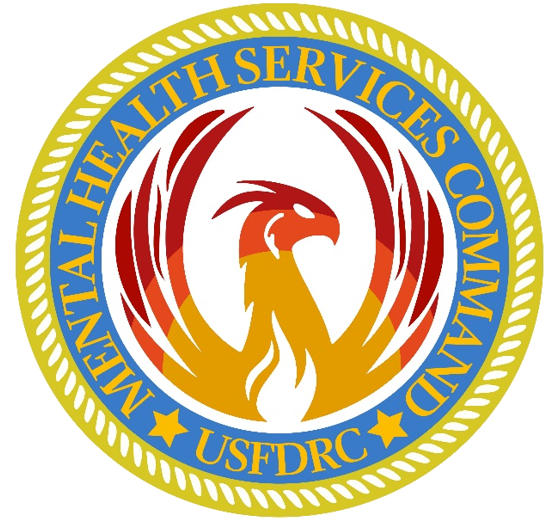ABOUT US
Vision and Mission
Vision
The USFDRC unites communities through compassion and innovation, fostering resilience and well-being among those who serve. It is a model of modern volunteerism and public safety, ensuring that those who protect others are not left to face their challenges alone. We stand as a beacon of support and innovation, exemplifying service that extends beyond duty, inspiring both those it serves and the communities it protects.
Mission
The USFDRC emphasizes charitable, humanitarian, educational, and public safety efforts, acting as a supplemental force to fire departments across the United States and its territories. The organization embodies a holistic approach to service, ensuring both the physical and mental well-being of those in high-stress public safety roles.
Values and Goals
Our Core Values
Loyalty
Bear true faith and allegiance through belief and devotion to the U.S. Constitution, the Fire Department, and other service members.
Duty
Fulfill obligations as individuals and as a team.
Respect
In the US FDRC Firefighter’s Code, we pledge to “treat others with dignity and respect while expecting others to do the same.”
Selfless Service
Put the welfare of the Nation, the Fire Department, and your subordinates before your own, serving loyally without thought of recognition or gain.
Honor
Carrying out, acting, and living the values of respect, duty, loyalty, selfless service, integrity, and personal courage in everything you do.
Integrity
Do what’s legally and morally right by adhering to moral principles and not deceiving others.
Personal Courage
Boldly face fear, danger, or adversity (physical or moral) often by enduring duress or navigating risks.
Strong Bond with Law Enforcement and Military
Our steadfast bond with the courageous men and women of law enforcement and the military was profoundly solidified in the aftermath of September 11, 2001. In times of both crisis and peace, their unwavering dedication to service continues to inspire our mission.
The heroism displayed on 9/11 and the sacrifices that followed remind us of the strength, resilience, and unity that define their call to duty. Together, we honor their sacrifices and ensure their families and communities feel the full measure of our collective support, standing as one nation dedicated to those who protect and serve.
Their commitment to protecting and serving others fuels our resolve to stand by them, offering solidarity, resources, and gratitude for their enduring contributions to our nation's safety and resilience.
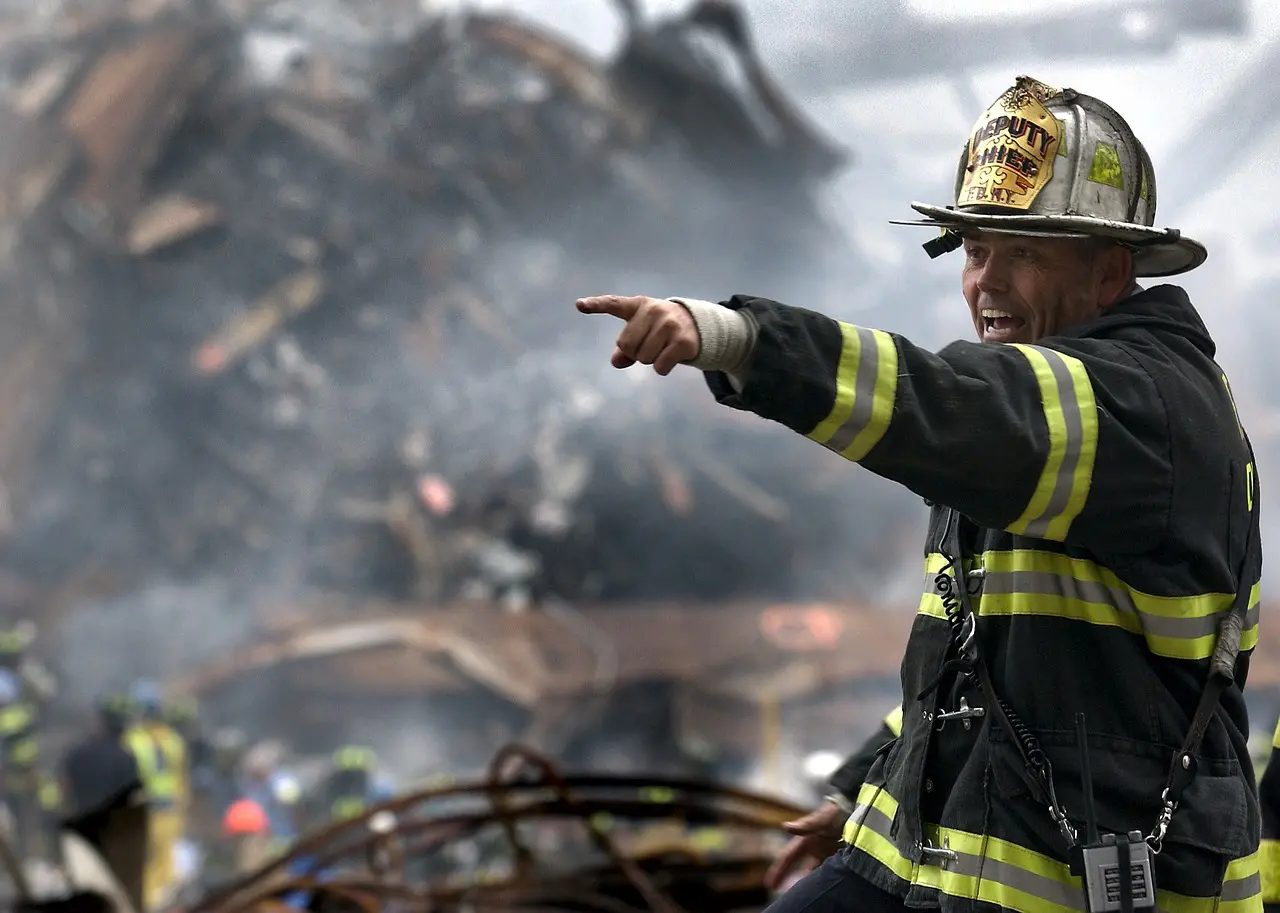
History
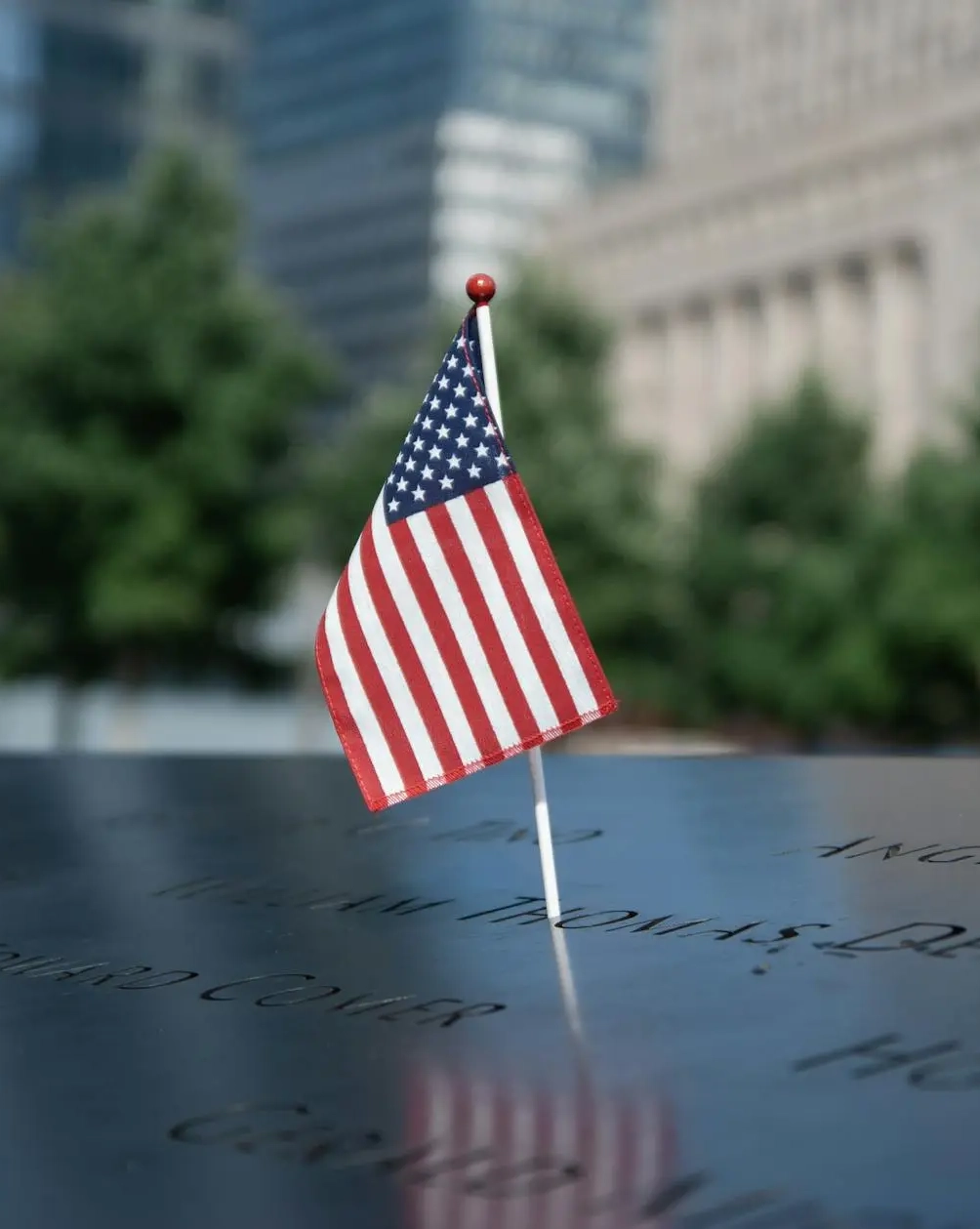
The origins of The United States Fire Department Reserve Corps date to September 11, 2001, when at approximately 8:46 a.m. on a clear Tuesday morning, an American Airlines Boeing 767 loaded with 20,000 gallons of jet fuel crashed into the north tower of the World Trade Center in New York City. Then, 17 minutes after the first plane hit, a second Boeing 767 United Airlines Flight 175 appeared out of the sky, turned sharply toward the World Trade Center, and sliced into the south tower at about the 60th floor. The World Trade Center collapsed in a massive cloud of dust and smoke. Close to 3,000 people died in the World Trade Center and its vicinity, including a staggering 343 firefighters and paramedics, 23 New York City police officers, and 37 Port Authority police officers who were struggling to complete an evacuation of the buildings and save the office workers trapped on higher floors. Only six people in the World Trade Center towers at the time of their collapse survived. Almost 10,000 other people were treated for injuries, many severe.
As millions watched in horror the events unfolding in New York, American Airlines Flight 77 circled over downtown Washington, D.C., and slammed into the west side of the Pentagon military headquarters at 9:37 a.m. Jet fuel from the Boeing 757 caused a devastating inferno that led to a structural collapse of a portion of the giant concrete building. All told, 125 military personnel and civilians were killed in the Pentagon, along with all 64 people aboard the airliner.
Meanwhile, a fourth California-bound plane United Flight 93 was hijacked about 40 minutes after leaving Newark International Airport in New Jersey. Because the plane had been delayed in taking off, passengers on board learned of events in New York and Washington via cell phone and Airphone calls to the ground. Knowing that the aircraft was not returning to an airport as the hijackers claimed, a group of passengers and flight attendants planned an insurrection. The passengers fought the four hijackers and are suspected of having attacked the cockpit with a fire extinguisher. The plane then flipped over and sped toward the ground at upwards of 500 miles per hour, crashing in a rural field in western Pennsylvania at 10:03 a.m. All 45 people aboard were killed. America was under attack.
When Mr. Carmelo Baez returned from serving as a civilian volunteer from the New Jersey Shore as the Emergency Medical Services Unified Operation Chief responsible for organizing the Interagency Incident Action Plan to receive victims and patients by boats from Manhattan and transfer them to statewide hospitals and facilities. Including his services as a civilian volunteer on September 13, 14, and 15, 2001, as a Search and Rescue Team Leader at ground zero.
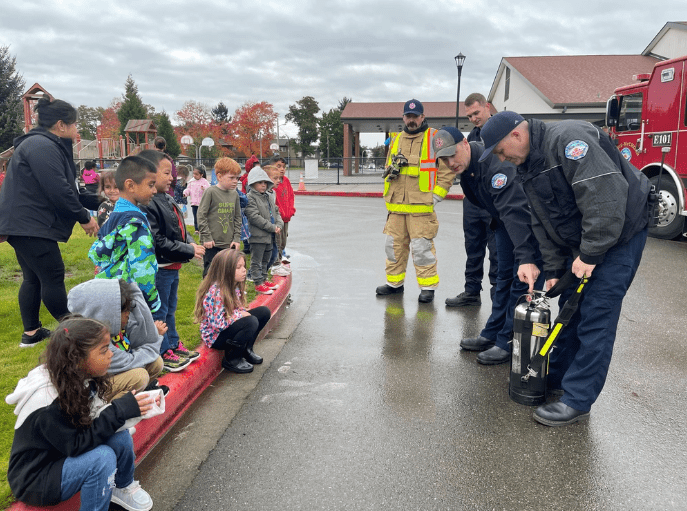
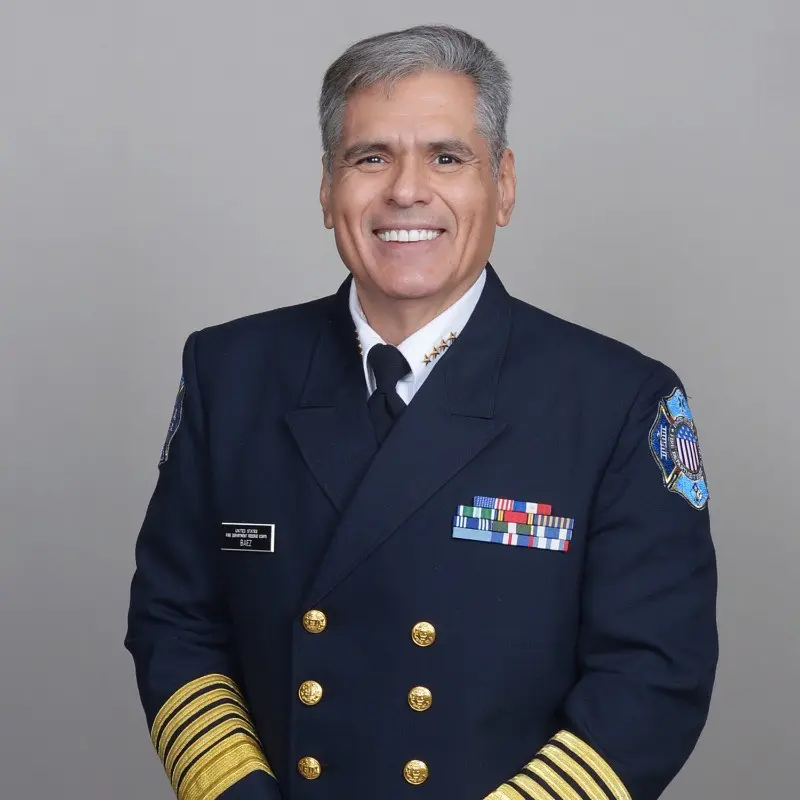
Mr. Baez was convinced that the United States has an urgent and compelling need for an organization of public-spirited volunteers, knowledgeable about the importance of public safety and skilled in the support and development of fire services, pre-hospital care, and emergency management services to our communities and the maintenance of our nation security.
Mr. Baez envisioned a military-styled National Volunteer Fire Department civilian organization modeling the fine traditions of the United States Army Reserve and the American Fire Services combining both noble institutions with the ability to mobilize America’s civilians who can be called to duty in the event of an emergency, disaster, or when the nation is in need of support.
Mr. Baez shared the idea with his wife Mrs. Blanca E. Baez and their two children Carolina and Andre Baez and with others. While residing in the State of Florida, Mr. Baez, with the assistance of his family, organized and incorporated The United States Fire Department Reserve Corps on April 29, 2010, on the same date as Mr. Baez’s birthday as a present for his beloved family and his love for our country.
Mr. Baez founded The United States Fire Department Reserve Corps as a gift to the American people and to honor all those who have served and are currently serving in the United States Armed Forces and their families as well as First Responders and their families who have made and continue to make the ultimate sacrifice for their families, communities, and country during and after September 11, 2001.
The United States Fire Department Reserve Corps became the first National Volunteer Reservist Fire Department in the United States. It was established under the corporation laws of the State of Florida, registered with the Internal Revenue Service as a 501(c) (3), as a non-governmental, (NGO) not-for-profit, charitable, humanitarian, educational, and public safety organization. The United States Fire Department Reserve Corps reservists’ members are backup forces who are ready to move to active duty when the local, municipality, county, state, or nation is in need.
The mission and motto of The United States Fire Department Reserve Corps are “to render first aid to the ill, injured, and infirm and to relieve the pain, suffering, and discomfort of those in need of assistance. To help educate people to prevent, prepare for, and respond to emergencies in the United States and worldwide if requested.” Our motto is “E Pluribus Unum” the same motto as the United States, in Latin meaning “Out of many, one”. The uniting of military service, first responders, and community members to become one force in the first National Volunteer Reservist Fire Department.
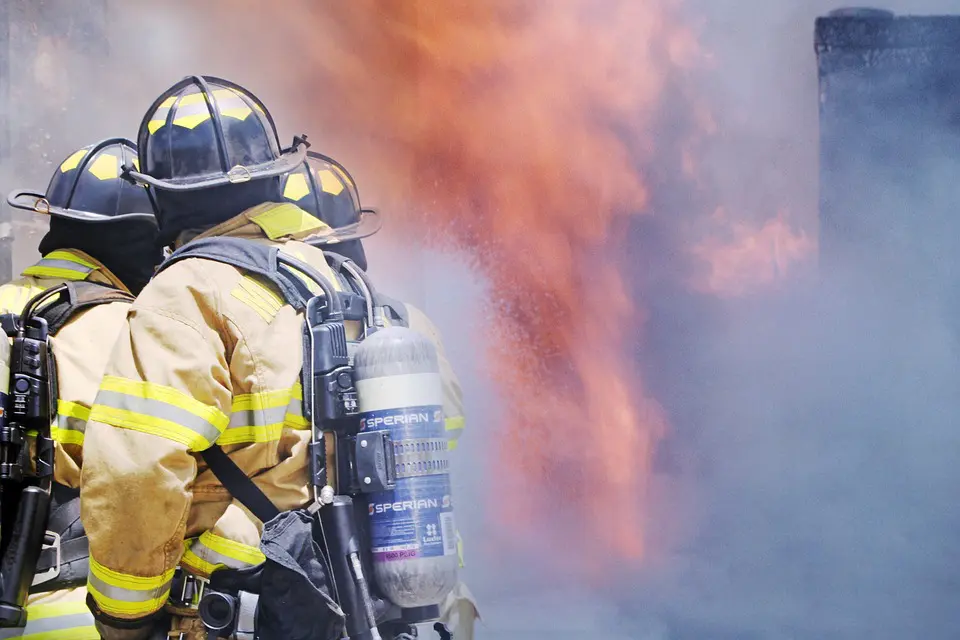
Our Team
Board of Governors
- Ms. Carolina Baez, BA – Chairperson
National Command
- GEN Carmelo Baez, CIC/FFII – Chief Executive Officer / National Commander
National Administration and Finance Section
- LTC Andre Báez, ETN/B.Ch.E – Administration and Finance Section Chief
- OIT Margaretha A. DeJesus – Administrative and Grant Coordinator
- OIT Laura Cristina Cardona-Santamaria – Grant Writer
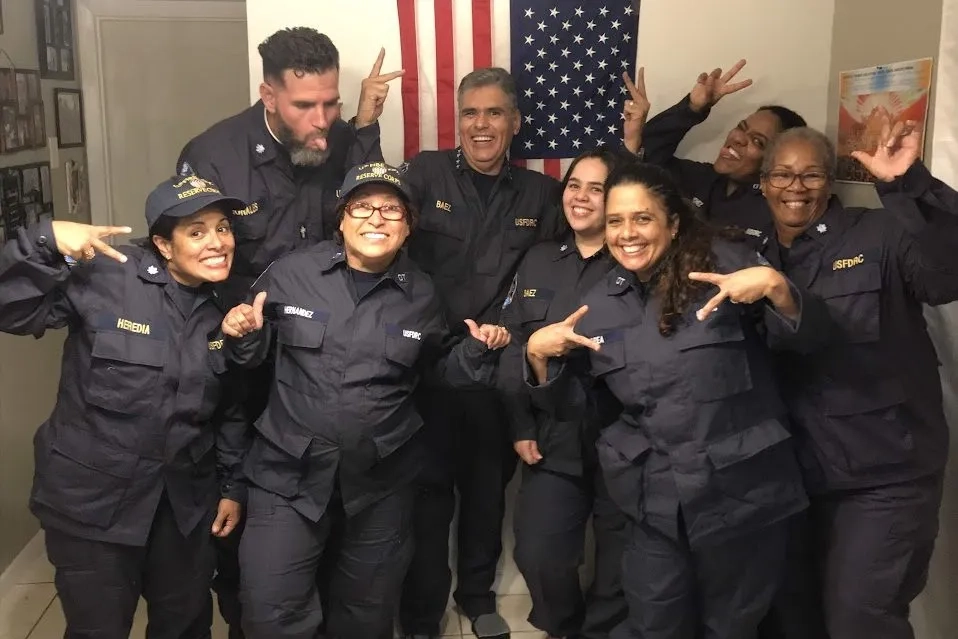
Projected Services
The ADSC addresses the contributions of anthropology toward the field of crisis and emergency management. The goal of the ADSC is to investigate and synthesize the life cycle of disaster events, from pre-disaster vulnerability, individual and social responses, and coping strategies to relief management. The objective is to provide recommendations to the national command for future operations and community readiness. The ADSC shall be the central delivery system for all sciences such as sociocultural, biological, archeological, and linguistic. These sub-sciences will be command branches of the ADSC.
The mission of the CSC is to act as a central coordinating spiritual service to reservists and their families. The goals of the CSC are to aid in the spiritual welfare of communities, establish and maintain relationships with various community spiritual agencies, and provide direct support services during emergencies and disasters. Chaplains are expected to serve the spiritual and emotional needs of others.
The CCPC is a comprehensive program under the Department of Homeland Security that provides training for United States personnel to assist in recovery efforts after a disaster or terrorist attack. The United States Fire Department Reserve Corps wishes to provide educational services and organized volunteer Citizen Corps teams to local communities in the United States.
The Community Emergency Response Team (CERT) program educates people about disaster preparedness for hazards that may impact their area, and trains them in basic disaster response skills, such as fire safety, light search and rescue, team organization, and disaster medical operations. Using the training learned in the classroom and during exercises, CERT members can assist others in their neighborhood or workplace following an event when professional responders are not immediately available to help. CERT members also are encouraged to support emergency response agencies by taking a more active role in emergency preparedness projects in their community.
The program coordinates the skills of practicing and retired physicians, nurses, and other health professionals as well as other citizens interested in health issues, who are eager to volunteer to address their community’s ongoing public health needs and to help their community during large-scale emergency situations.
The EARSC assists with all aspects of animal care and control in a disaster or emergency. In addition, EARSC provides resources for the public, animal businesses, shelters, and emergency planners.
The FRSC has the primary function of funding disaster response and recovery.
Will serve our nation as reservist members and officers by providing backup support forces to the highest level of emergency/rescue services, hazard prevention, and safety education ensuring the protection of life, property, and the environment.
